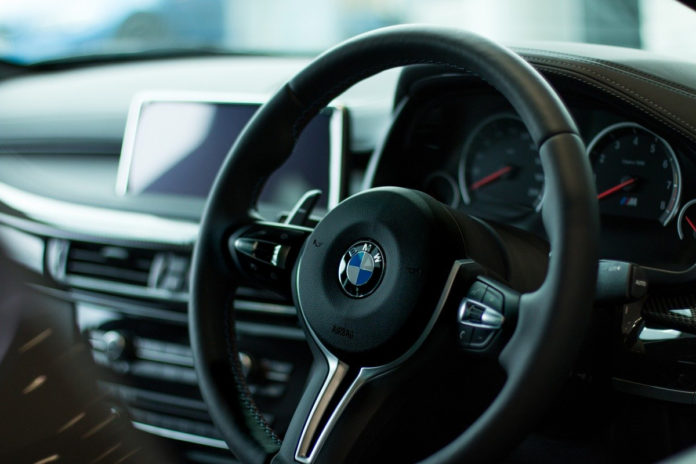Saving Fuel
Driving style, poorly maintained tyres and excessive drag are the “big” offenders when it comes to fuel consumption.
That is according to SEAI, which has provided some tips for road users to help them drive more efficiently.
In doing so, it aims to help motorists stay safe, utilise less fuel and reduce their emissions.
Saving Fuel
It has provided tips covering:
- Driving style and journey lengths;
- Tyre condition and pressure;
- Regular maintenance;
- Reading the road ahead;
- Avoiding idling;
- Avoiding short journeys;
- Reducing unnecessary drag.
According to the body, the following tends to affect fuel consumption most:
- Driving style;
- Excessive rapid acceleration;
- Unnecessary short trips;
- A cold engine;
- Poor car maintenance;
- Incorrect tyre pressure.
A spokesperson said: “A less aggressive, energy-conscious driving style could save as much as 10% on your fuel costs.”
Check Tyre Condition and Pressure
The body urges motorists to check tyres regularly. Tyres should be in good condition, with the proper thread depth and at the right pressure. All these components improve both safety and fuel consumption.
It says that tyres 10% below recommended pressure can increase fuel consumption by in the region of 2%.
Regular Maintenance
It says that a “properly” maintained petrol or diesel car will have; good engine lubrication, wheel alignment and well-adjusted brakes, reducing your fuel use. It will, it adds, also mean your car is safer and more reliable.
Avoid Short Journeys
According to the authority, a cold engine uses significantly more fuel than a warm engine. So, once you reach your staycation destination, opt to walk or cycle where you can and avoid using your car for short journeys.
Read the Road
By watching the road ahead and anticipating any likely problems, your driving will become smoother, more controlled and be safer for all.
It advises you to drive in as high a gear as is “suitable” to road conditions and at bends, reduce your speed gently and accelerate “smoothly” when you are halfway through to help reduce fuel use.
Avoid Idling
Once you turn the engine on, drive off gently without delay. This, it ads, will reduce excessive fuel consumption and pollution.
Even if you are waiting only 30 seconds, it is more economical to switch the engine off and start it again when necessary. Incidentally, many newer cars have an automatic stop/start function, which means you do not have to think about this.
Reduce Unnecessary Drag
Lastly, after you arrive safely at your destination, make sure to take off any unused bike racks or roof boxes and save as much as 20% on your fuel costs.
The authority says you can save a further 3-5% by using the car’s air-conditioning to cool down rather than leaving the windows open while driving.
Rising fuel costs
In a statement, Tom Halpin, head of communications at SEAI says:
“With just a bit of careful consideration, we can all reduce our car use, and reduce our fuel use when we do drive. A less aggressive, energy-conscious driving style could save as much as 10% on your fuel costs.”
“If you think that does not sound like much, then just ask yourself if you could buy a litre of petrol for €1.89 rather than paying €2.10 would you, do it?”
“As fuel costs rise, lowering speed and acceleration can make that difference. Try driving between 65-80 km/hr where safe and practicable – or at 100 km/hr on a motorway. Plus, you will have a less stressful journey.” He concluded.
Other news articles on That’s Farming:





